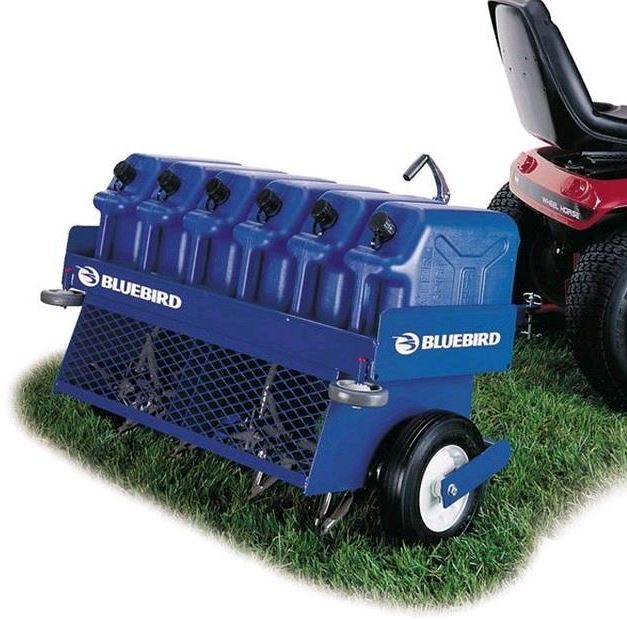Compact soil is the archenemy of a great-looking lawn. It can ruin the color and overall aesthetics of your turf – but don’t throw in the towel just yet. Aeration can save the day.
Here we’ll tell you why, when, and how you should aerate your lawn.
The Why
In many people’s eyes, aeration is king when it comes to lawn maintenance. The main reason is that it allows settled soil to breathe. Tiny holes created during the process supply the grass with oxygen, promoting healthy growth. They also enable fertilizer to reach deeper layers of the ground to further facilitate flourishing. This translates to stronger roots and a lower risk of soil compaction.
The When
Now that it’s clear that aeration doesn’t have an alternative, when should you perform this process? Well, it depends on the type of grass.
On the one hand, you should aerate warm-season plants in early summer or late spring. On the other hand, cool-season grasses require aeration in late February, early March, or fall.
The How
All that remains is to see how to aerate your turf:
- • Get a lawn core aerator, which can be found at most home improvement stores. If you want to improvise, a pitchfork might do the trick, but an aerator is the superior tool.
- • Water the turf moderately about 24 hours before the aeration. Don’t go overboard because too much water can create mud.
- • Start poking holes in the ground with your aerator or pitchfork. They should be between two and three inches deep and approximately three inches apart. If you’re using an aerator, don’t remove the plugs from the grass because they’ll supply the plants with much-needed nutrients.
- • Water your grass every couple of days after the aeration. You can also consider overseeding the turf at this point – just be sure to do so in the first few days after the process.
Key Takeaways:
- • Your lawn will need to be aerated when it gets compacted or when it gets damaged by kids or pets.
- • You should aerate your lawn when the soil is moist after it has rained as it’s difficult to aerate dry soil.
- • There are a few different aerators that you can use for your lawn such as spikes, slicers and core aerators.
“Deprived of their basic needs by compacted soil, lawn grasses struggle in stressful situations, such as heat and low rainfall, and lose their healthy, rich color.”
Read more:
https://www.pennington.com/all-products/grass-seed/resources/why-aerate-your-lawn

